Letter from Anglesey
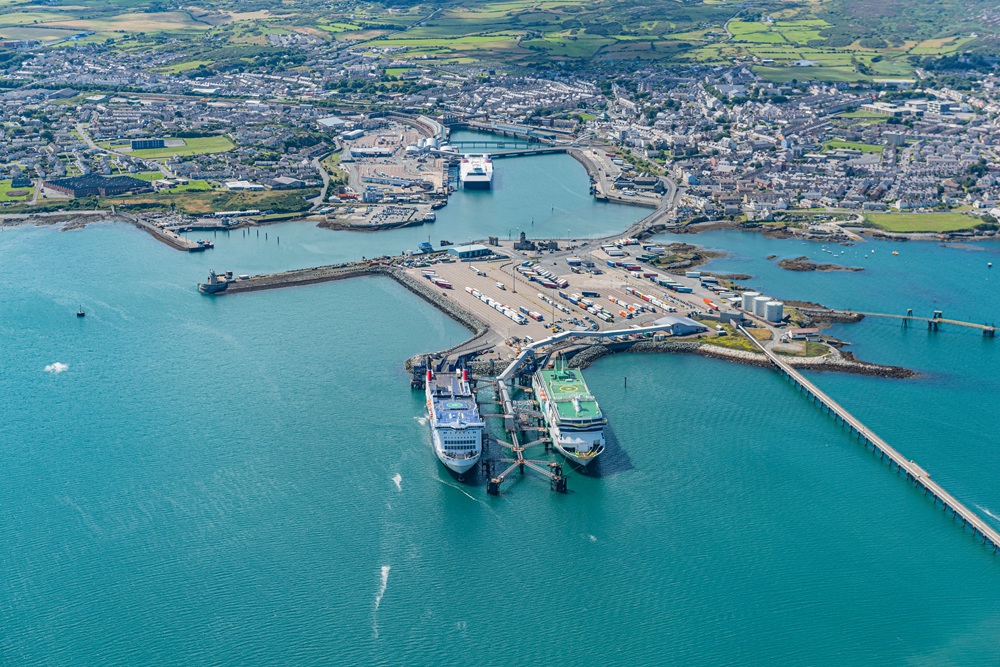
James Robertson
The green fields I call home stand out from their neighbours precisely because they are not green. Their many shades of winter yellows and browns hide hollows and pools, snipe-wet corners, soft muds which swallow boots, and tired turf punctured by cattle and pony divots.
They also hide the flowers yet to have their day. When their moment comes, wild flowers will lend them an artist’s palette of yellow and white, blue and deepest purple, producing the glory of summer meadows.
They owe their survival to the Irish cattle trade.
The story goes like this. In 1957 a Denbigh farmer bought the farm to which this 30-acre strip of land belonged, wanting a place to rest his newly acquired cattle, fresh off the ferry. Not being on the spot and having no great incentive to agriculturally improve the land, it remained something of a wildlife haven.
There must have been many pieces of land bought in this way as resting places for cattle which had come across the Irish Sea to Holyhead.
Nearly 40 years later, the land which came up for sale at auction remained largely unimproved; or greatly improved as a home for Sedge Warblers, Hares and a rich flora to support a host of small creatures.
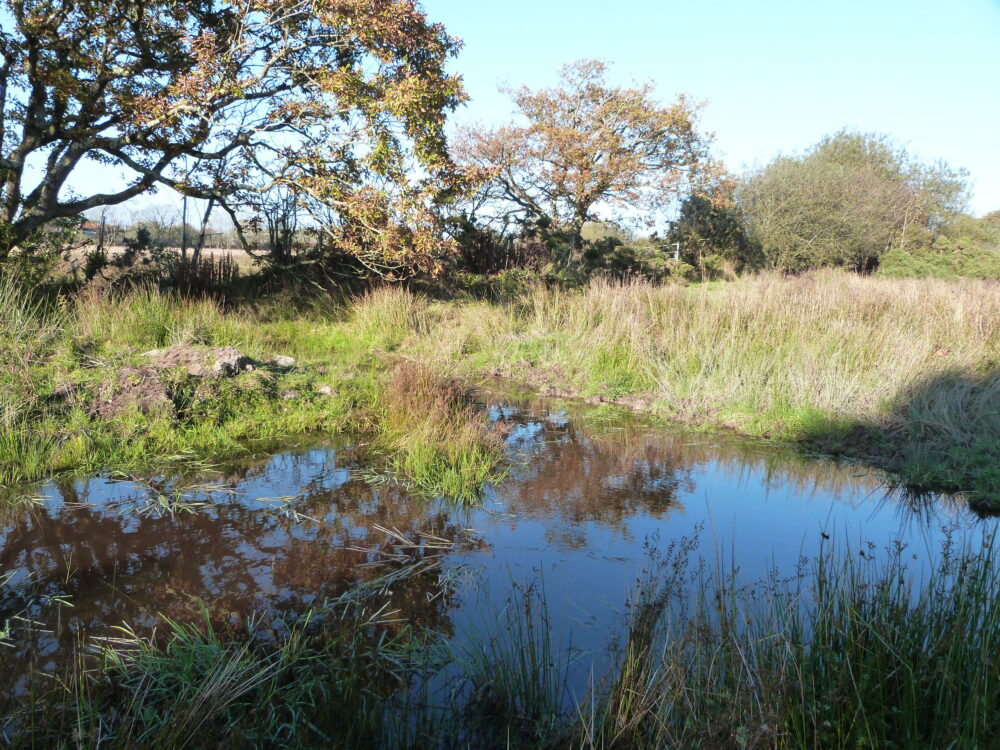
A few of the unseen yet deep connections between Ireland and Anglesey were the subject of discussions at a recent day school about links through time between Anglesey and Ireland.
Catherine Duigan has perfectly captured the day and the significance and benefits of joining hands across the Irish Sea in Nation.Cymru.
Shared histories
I was impressed by the knowledge on display at the day school, and the warmth and mutual respect that it generated. The day was about our many shared histories, and these need the generality of context, an examination from all angles, including nature and environment; but they come into focus most readily through places, the particular – perhaps the site of an excavation, the journey of a coffin or the construction of a bridge (or two).
Like the mycorrhizal strands of honey fungus, which glow in the dark, they reach out to reveal a tracery of connections across the Irish Sea.
This got me thinking. Time to return to a narrow strip of land and its surroundings, my own particular place.
Tyddynau
Old 6-inch maps reveal a matrix of tyddynau with a similar pattern of small fields. Each runs in a narrow strip down to the river. They are part of a medieval landscape. Although ownership boundaries have stayed the same, many internal boundaries have gone.
My piece has a broad lane running all the way along the edge of the fields before reaching open, rocky land and the river.
As I walk down this track, Long-tailed Tits tinkle in the scrub overhead and blackthorn, draped with beard lichens and oakmoss, scratches me.
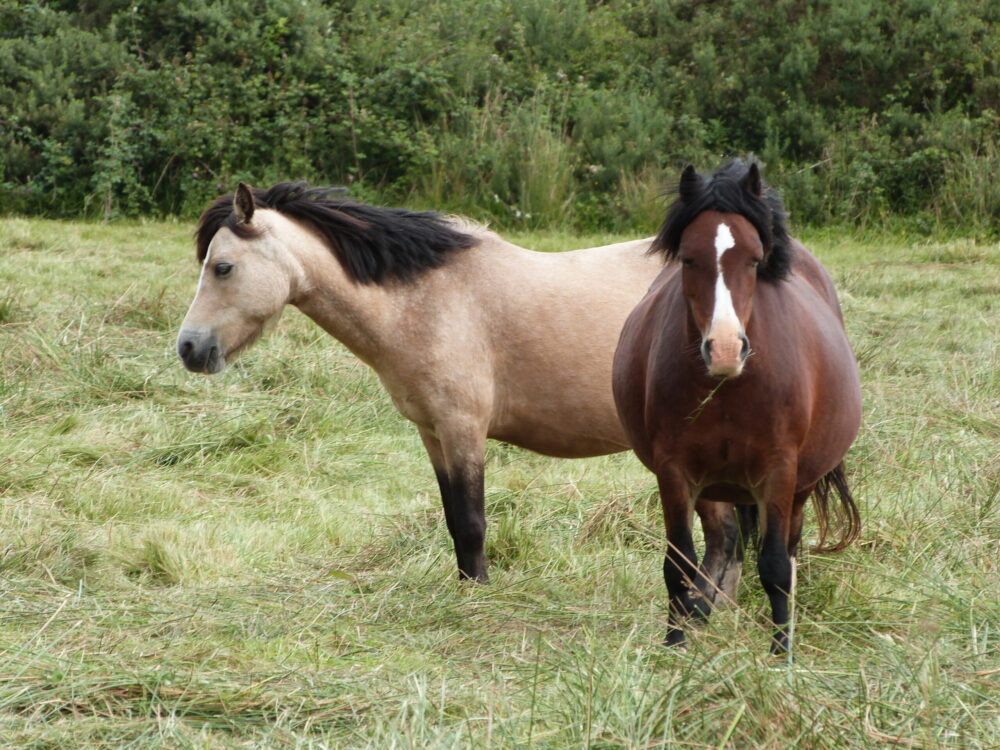
This lane intrigues me. It must have been part of the network of lanes which drovers and farmers used to move stock across and off the island. In 1621, 100,000 cattle were imported from Ireland into England, most of them via Holyhead, fetching between 20 shillings and £3 each.
So great was the trade that Parliament discussed the possibility of preventing it, a recurring theme over the centuries.
In addition, by 1794, 10,000 Anglesey cattle were being swum over the Menai Strait annually from Porthaethwy to feed the growing markets in England.
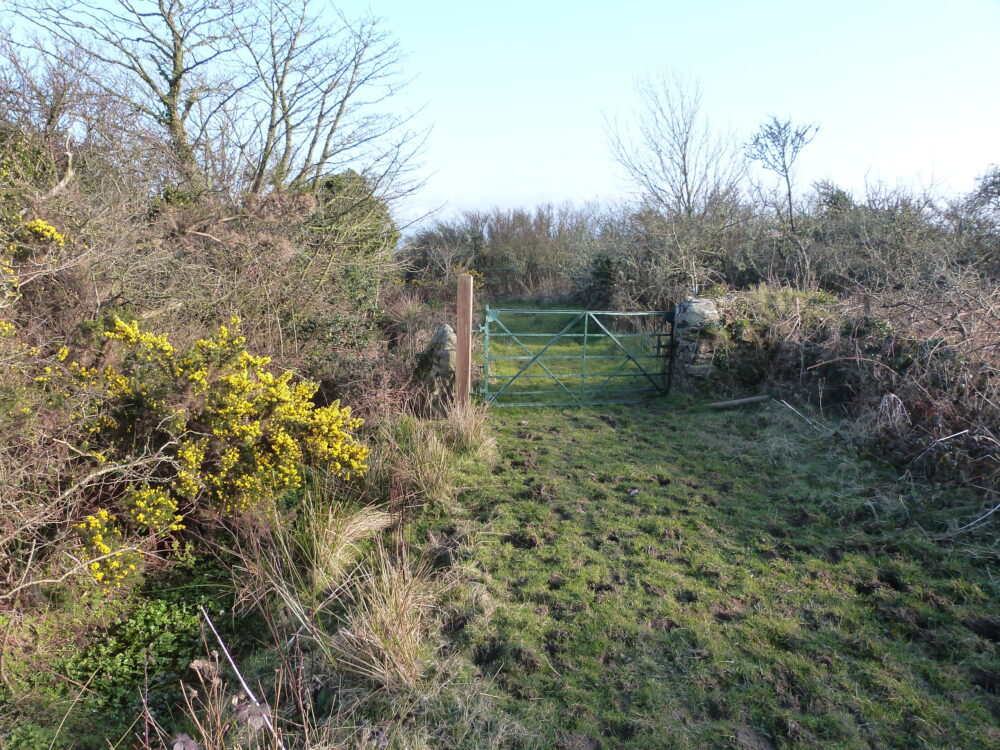
These were small animals, seldom reaching above 400kg at 3 to 4 years old, but they were thrifty and of strong constitution. Many ended up being finished on farms in the English midlands.
Scavengers
The farmers and drovers who bred them and took them resisted buying ‘improved’ breeds, both because, sensibly, they did not want to incur debt, but also because their beasts were good scavengers, putting on weight on their journeys east and south.
I picture these small, hairy beasts mob-grazing the track, straining to grab a mouthful here, browse an overhanging branch there, accompanied by equally small, hairy drovers and their dogs.
The track connects to what is now a minor road which runs along the ridge. It is dotted with old farms, and in the 17th century its main purpose would have been for the movement of livestock to market.
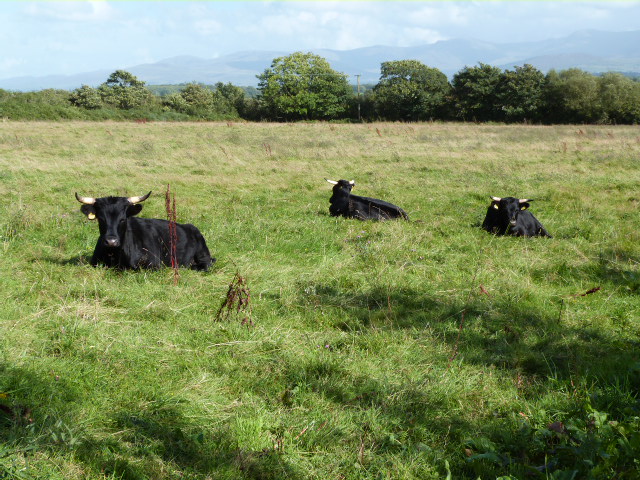
By the 19th century the business of droving was in decline, replaced by faster transport following Thomas Telford’s suspension bridge, finished in 1826, and then Stephenson’s 1850 railway bridge.
The old steamers had been replaced by a dedicated cattle ferry run by British Railways Board and in 1967, 143,000 Irish cattle passed through Holyhead. In 1974, numbers of cattle crossing the Irish Sea to Holyhead had declined to 73,000 and the cattle ferry closed at the end of 1975.
At least some of the income generated by the Irish cattle trade stayed on Anglesey – benefits alongside its more contentious effects on the price of beef. I would point to one unintended consequence, a legacy left in the sward of one particular place.
To my neighbours this is a slice of unproductive land ripe for improvement – opening drains, glyphosate to kill off the weeds, rye grass seed slot-drilled into the sward (drill, baby, drill) and fertilizer – literally bags of potential, as an estate agent might have it.
To me it is perfection as it is. I wonder what most people think. Will the sustainable farming scheme give places like this a future? Or will their survival continue to depend on chance, as this place has done?
Support our Nation today
For the price of a cup of coffee a month you can help us create an independent, not-for-profit, national news service for the people of Wales, by the people of Wales.





That was fascinating…
Agree. A totally different insight and perspective to the usual commercial focus on profit and efficiency; but surely one worth weighing up in this era of ever-increasing nature depletion.
Lewis Lloyd is source of knowledge for local maritime history…Shipbuilding went hand in hand with many exports. Three hundred plus sailing vessels built on the Mawddach alone. Islands were created from ships ballast over the years and this tale adds the flora. The attempts at erecting a lighthouse at the end of the bar is a victory story for the three thousand mile fetch of the Atlantic…
Interesting to hear about all that.
I recall once hearing something about islands being formed off the coast by repeated discharges of redundant ships’ ballast, but, having lived all but four years of my life miles from the coast, the reality is that I know next to nothing about maritime history.